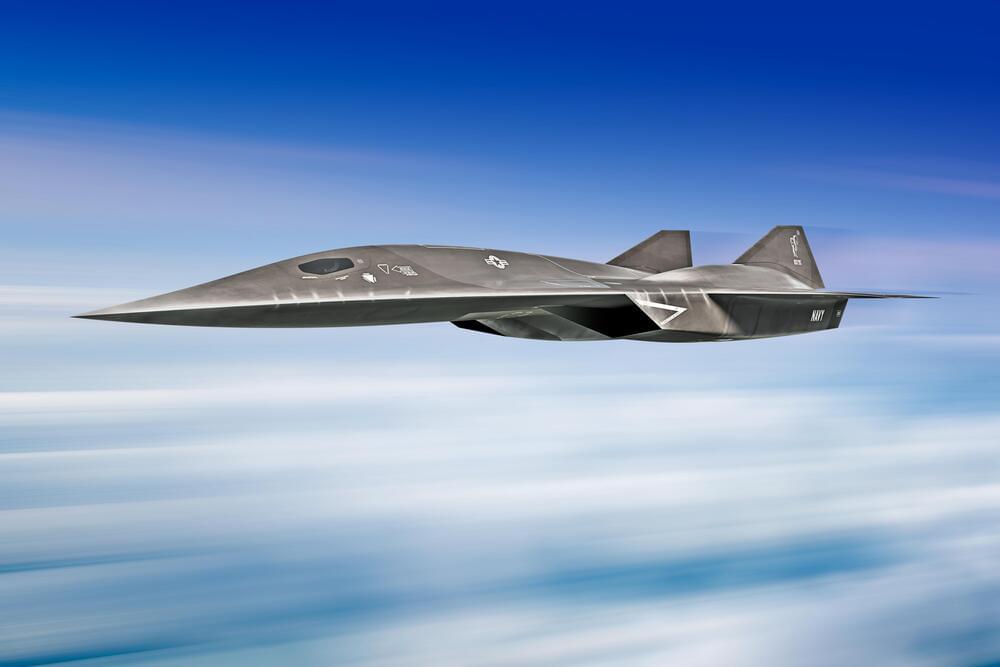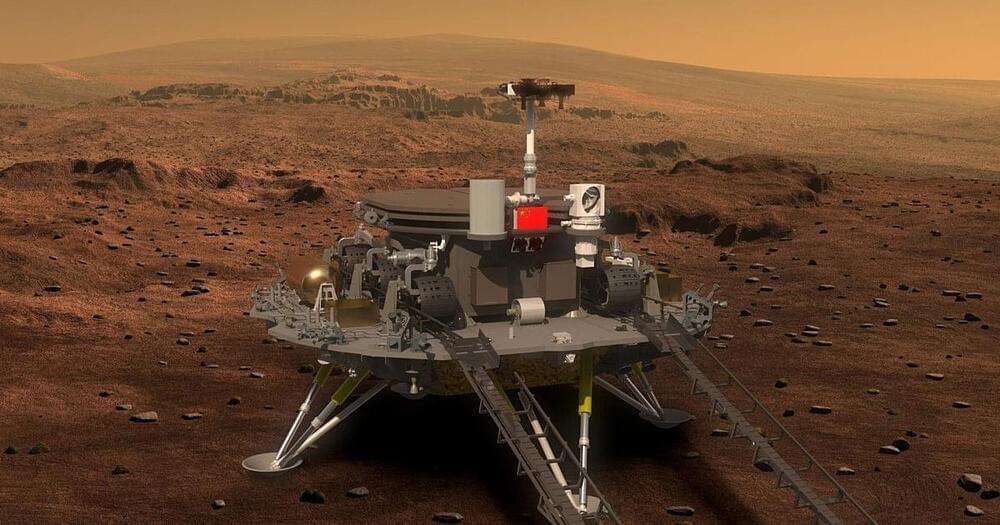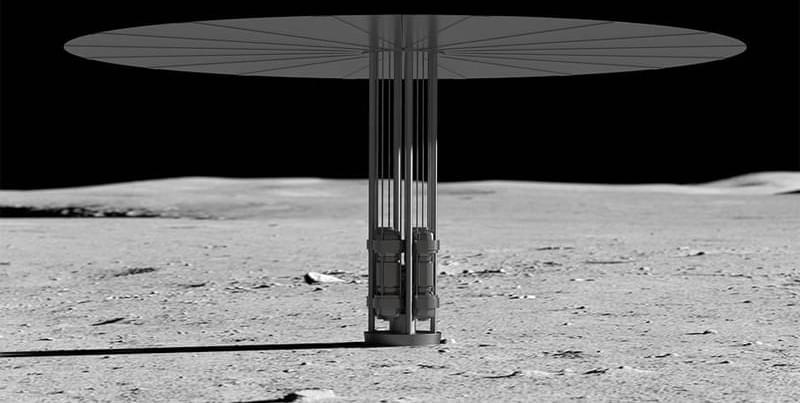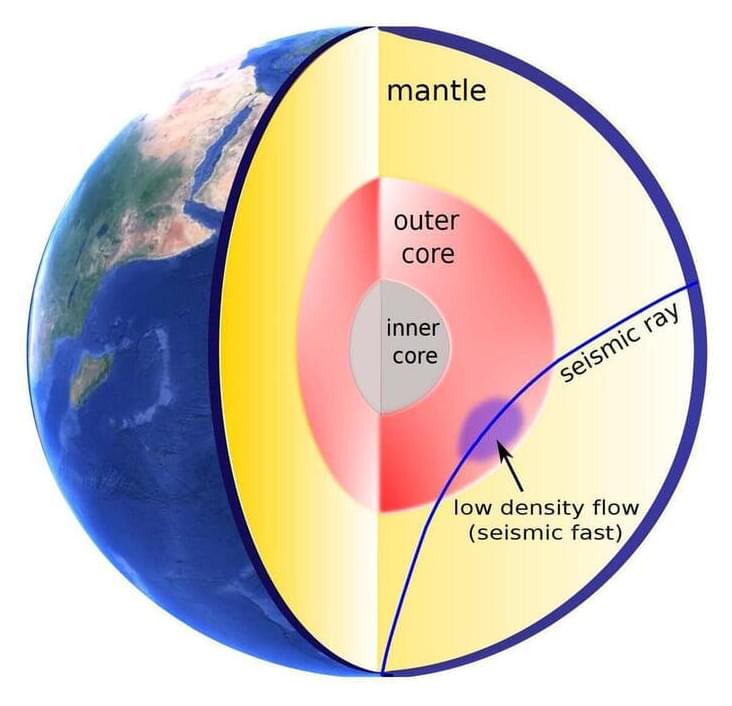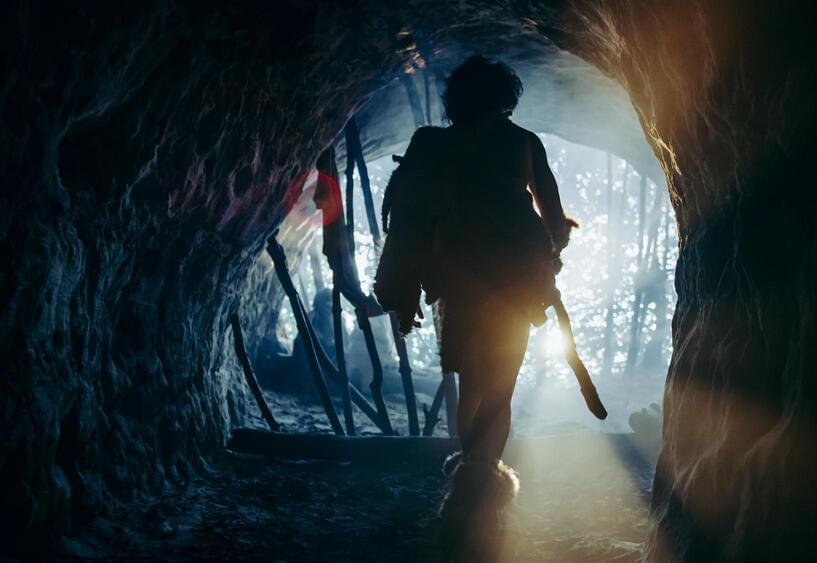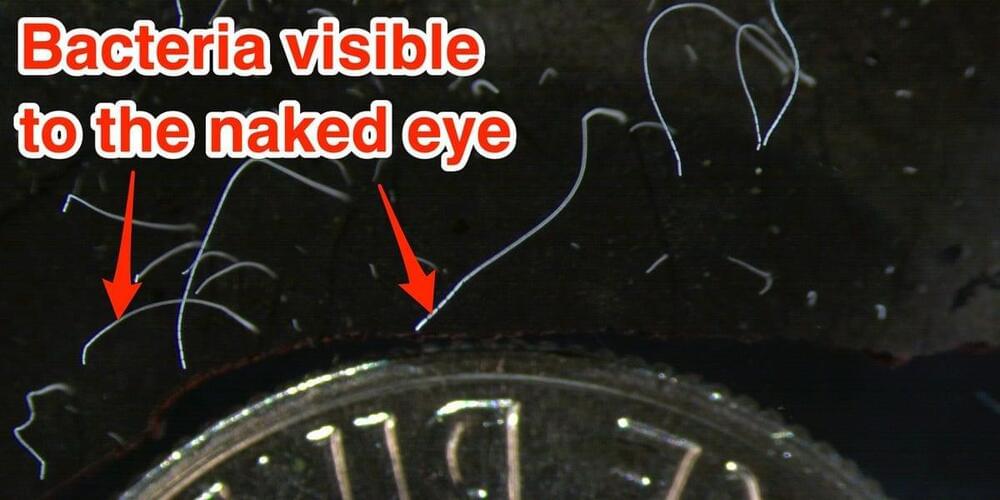Alex Hern reports on recent developments in artificial intelligence and how a Google employee became convinced an AI chatbot was sentient.
How to listen to podcasts: everything you need to know
Google software engineer Blake Lemoine was put on leave by his employer after claiming that the company had produced a sentient artificial intelligence and posting its thoughts online. Google said it suspended him for breaching confidentiality policies.

